32+ Sample Evaluation Report Templates
-

Software Evaluation Report Template
download now -
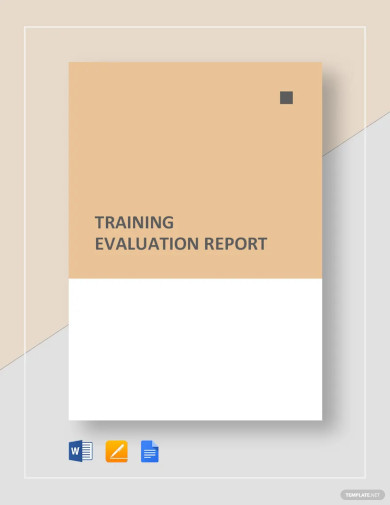
Training Evaluation Report Template
download now -
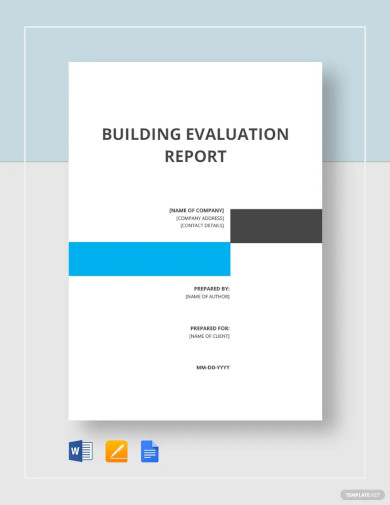
Building Evaluation Report Template
download now -

Evaluation Report Template
download now -

Technical Evaluation Report Letter Template
download now -

Test Result Evaluation Report Template
download now -

Hospital Evaluation Report Template
download now -

Clinical Evaluation Report Template
download now -

Basic Training Evaluation Report Template
download now -

Employee Evaluation Report Checklist
download now -

School Final Program Evaluation Report
download now -

Evaluation Report Outline Executive Summary
download now -

Teacher Final Evaluation Report
download now -

Simple Speech Evaluation Report
download now -

Technical Evaluation Reports
download now -

Evaluation Engineering Report
download now -

Design Project Evaluation Report
download now -

Sample Event Final Evaluation Report
download now -

Post Event Evaluation Report Checklist
download now -

Preschool Evaluation Report
download now -

Construction Evaluation Report
download now -

Implementation and Internship Evaluation Report
download now -
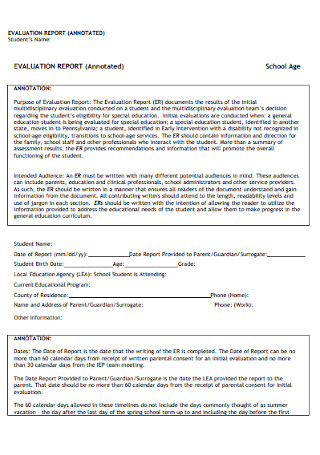
Student Equipment Evaluation Report
download now -
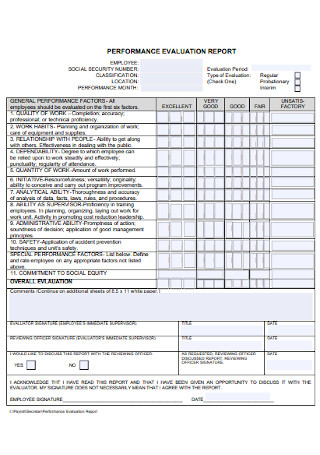
Performance Evaluation Report
download now -

Interview Evaluation Report
download now -

Test Evaluation Report Cover Page
download now -

Kindergarten Studies Evaluation Report
download now -
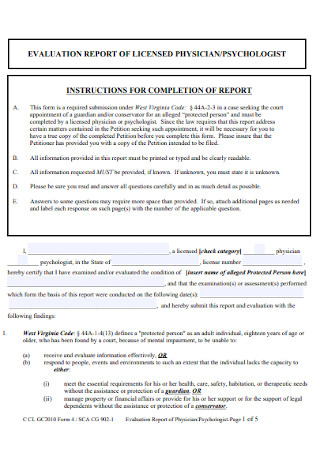
Business Evaluation Report
download now -

Comprehensive Thesis Evaluation Report
download now -

Short Training Evaluation Report
download now -

Vocational Evaluation Report
download now -

Bid Evaluation Report
download now -
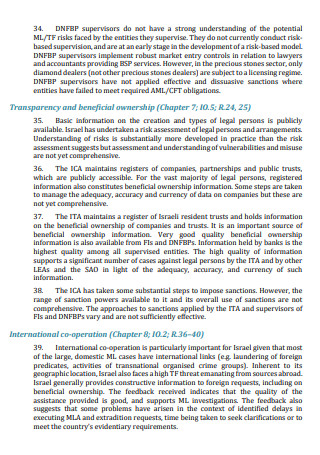
Mutual Evaluation Report
download now -

Sample Process Evaluation Report
download now -

Pre-Visit Evaluation Report
download now -

Evaluation Report Layout Checklist
download now -

Laboratory Training Evaluation Report
download now -

Classified Performance Evaluation Report
download now -

Assessment Evaluation Report
download now -

Site Visitor Evaluation Report
download now -

Annual Evaluation Report
download now -

Initial Evaluation Report
download now
What Is an Evaluation Report?
You must already be familiar with what evaluation is. As a review, it refers to the assessment process of particular objects and factors with an intended purpose. Meanwhile, the evaluation report covers the detailed data results, conclusions, interpretations, and suggestions gathered from an evaluation. In other words, this business report is an outline of all the necessary steps to complete assessments—from the program background down to the lessons learned.
A research survey confirmed that 62% of American online shoppers believed that customer reviews were influential in 2019.
Moreover, Statista reported that 73% of North American learning and development (L&D) programs depended on feedback from the participants for their evaluation process.
On the other hand, Study.com confirmed, via the US Bureau of Labor Statistics (BLS), that the employment rate of statisticians among businesses would increase around 31% from 2018-2028.
Evaluation Reports: Why Are They Vital?
In case you wonder why evaluation reports are essential, remember that these tools are what audiences and stakeholders need. If you are assigned as the evaluator, then present the results collected from an evaluation. To do that, bring awareness to your audience about what the conclusions, interpretations, and recommendations are. Thus, elaboration and transparency of data come to play, which is similar to an analysis report.
Furthermore, the evaluation report benefits future circumstances. From the derived conclusions of your evaluation and data analysis, you can formulate solutions on how to improve operations next time. First, a business would understand one’s accountability of mistakes and aim to change. Next, create strategy-driven decisions for the programs or policies. Consequently, the enterprise reaches development plans, thanks to the lessons acquired from evaluation reports.
The Elements of an Evaluation Report
What makes up an effective evaluation report? Maybe you already know what the report’s meaning and intent are but not so much on the inclusions inside. So, expect to structure this business report into a series of elements. Familiarize these components to ensure your report covers all the important details. Without further ado, here are the elements of an evaluation report:
How to Write an Evaluation Report
There is no denying that evaluation reports convey information. But the information given might not be that helpful at all if making the report was done poorly. Aim to craft an excellent report instead. And how do you manage that? Simply follow these six essential steps on how to write an evaluation report effectively:
Step 1: Clarify the Evaluation’s Purpose
Evaluation results may not matter without a clear objective in mind. The purpose is even the foundation of evaluation business reports. So what is the report for? Is it to solve the internship performance of every student at work? Or perhaps, to evaluate if a particular project or event is a success? Note it down. Once you clarify the essential details of this section, then you will be reminded about the goal as you write and report along the way.
Step 2: Determine Your Audience
Don’t write according to your preference or which is more comfortable for you. Instead, think about who views the report and who will use this document. Because what may be simple for you could be challenging to your audience. The key is to know the audience demographic. Next, assess what details they need, how they like the report to be presented, or why the report is useful to them. Hence, clarify their queries and concerns to know who you are writing for.
Step 3: Insert the Evaluation Report Elements
Now for the challenging part, slowly jot down those elements of an evaluation report that were discussed earlier from the header down to references. You can also write the components that are relevant to your report only. And just like a business plan, you can have an evaluation plan as well to structure how the sequence goes with your elements. Unplanned reports usually include a lot of mistakes, and you would not want to present those to your stakeholders.
Step 4: Organize the Data into Groups
Yes, you write the results, interpretation, explanation, and more in the report. But the problem with having too much information is by not knowing how to organize it. Therefore, the next process is to organize your data according to their respective groups. Grouping the details will keep the info well-arranged. In fact, the element titles and parts of your table of contents are your guides on what to call each group. To do that, label which data refers to the data interpretation, market analysis, conclusion, and so forth.
Step 5: Be Accurate Always
Reports that are barely understood can be misleading, and those may have audiences to create more questions. In short, write clearly. Also, know your limits. Indeed, being transparent is good, but there are parts that you may not be allowed to say. For example, you might present some business details to your competitors, and they need not know all the details which they can take advantage of. Lastly, check how accurate your details are. Maybe you overclaimed a statement that ends up as biased. Wrong info already fails in providing the learning points.
Step 6: Decide How to Present the Report
When it comes to the presentation, you can use your creativity. For example, you can always change the format if you dislike some parts of the evaluation report template. And with a self-evaluation report, there is more freedom to it, so your creative ideas are welcome. But data presentation is not all about the design only. Should you analyze quantitative or qualitative data? Note it. And instead of using long sentences, you can sum up some statements with graphic organizers like organizational charts, tables, and more.
FAQs
Why should I write an evaluation report?
According to the National Council for Voluntary Organizations (NCVO), writing evaluation reports enables you to spread the word to your internal or external stakeholders about significant findings and recommendations. More so, making an evaluation report is up to one’s purpose. So decide your smart goal first until creating that report would not be pointless.
What is an example of an evaluation?
Picture out a new job applicant. He or she undergoes an interview and training before being hired. And how does an employer decide if that applicant should be hired or not? The employer reviews the applicant’s performance during the interview and training if it passes the work standards or not. And that is an example of how evaluation works.
What are the main types of evaluation?
Generally, there are around four main types of evaluation. These are the process, impact, outcome, and summative evaluation. But be sure you know their differences. And most importantly, assess first if you used the right option wherein the evaluation type is fit to your purpose or intention.
According to self-help author Henry Cloud, “The natural response to evaluation is to feel judged.” That reaction is normal, but being judged is not the main point. Instead, you gather the learning points from evaluations and create the best goals out of those. Evaluation reports even keep businesses, and people in general, aware of their current strengths and weaknesses. And without evaluation, how much of a success or a failure your business is will not be realized.
